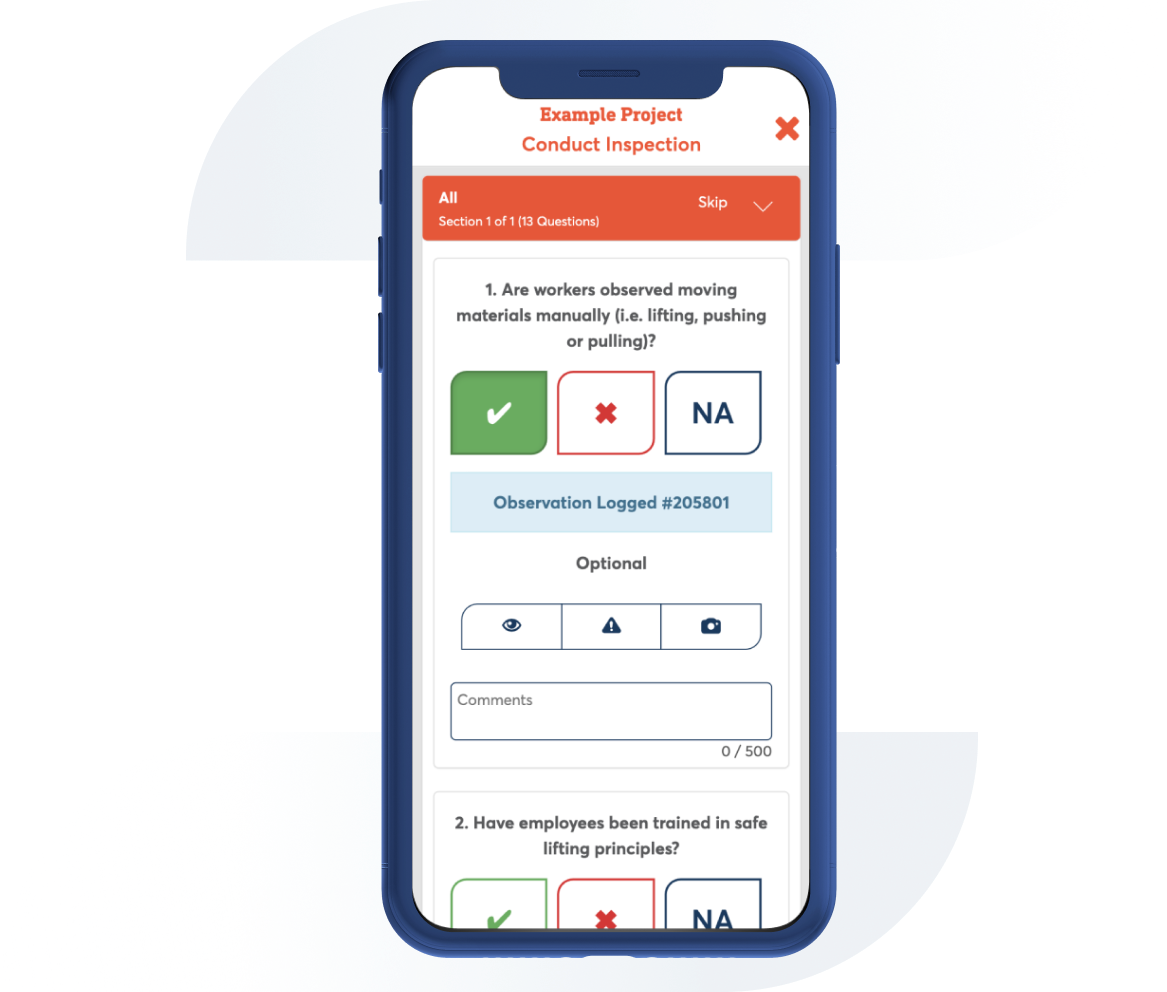Working in Proximity to Electrical Hazards
Contributor: Safesite HQ Jurisdiction: General
Electrical hazards, such as electric shock, falls, and thermal burns can cause injury and death. The inspection will inform of controls to prevent them

Template Preview
1. A qualified arborist inspects a tree for possible electrical hazards prior to any staff climbing the tree?
Actions
2. When electrical equipment or lines are to be serviced, maintained or adjusted, are necessary switches opened, locked-out and tagged whenever possible?
Actions
3. Are portable electrical tools and equipment grounded or of the double insulated type?
Actions
4. Are all overhead and or underground electrical conductors or communication lines considered energized?
Actions
5. Are the arborists trained on how electrical shock occurs (direct or indirect) contact with electrical sources (tree limb, tool, piece of equipment?)
Actions
6. Arborists understand minimum approach distance- line clearance requirements (follow the 10-foot minimum approach rule?)
Actions
7. Only qualified tree workers are permitted to perform work within 10 feet of an energized low-voltage (600 V or less) power line, but cannot work less than 1 foot from the low-voltage power line.
Actions
8. Only insulated (nonconductive) tools, ropes, ladders, etc., are used when working near power lines?
Actions
9. Is the utility company contacted when an aerial bucket truck or other boomed vehicle must operate near a power line or when work must be performed within minimum working distances specified by ANSI?
Actions
10. Is an inspection of the personal protective equipment (insulating rubber) gloves completed prior to use each day?
Actions

Can't find what you are looking for?
